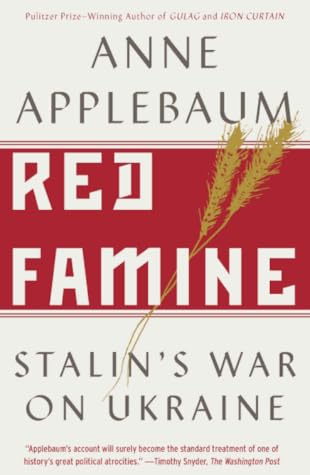More on this book
Community
Kindle Notes & Highlights
Eventually they would define three categories of peasant: kulaks, or wealthy peasants; seredniaks, or middle peasants; and bedniaks, or poor peasants. But at this stage they sought mainly to define who would be the victims of their revolution and who would be the beneficiaries.
by telling the poor peasants’ committees that their welfare depended on robbing the kulaks, Shlikhter knew that he was instigating a vicious class war.
Of all the many things that were lost in the propaganda war between the Soviet Union and Ukrainian nationalism, none disappeared more quickly than nuance.
Lenin’s “New Economic Policy,” which put an end to compulsory grain collection and temporarily legalized free trade, is the better remembered of the two. But in 1923, Moscow also launched a new “indigenization” policy (korenizatsiia) designed to appeal to the Soviet federal state’s non-Russian minorities.
Ivanisov, like many others, faced an impossible choice: ideologically approved poverty on the one hand, or dangerously unacceptable wealth on the other.
Between 1928 and 1933 the numbers of cattle and horses in the USSR dropped by nearly half. From 26 million pigs, the number went down to 12 million. From 146 million sheep and goats, the total dropped to 50 million.
police viewed the rioters as political agents rather than desperately poor people who feared starvation, it was equally true that the rioters viewed the government as a hostile force, or worse.
Not one of them was guilty of anything; but they belonged to a class that was guilty of everything.
Andrey Platonov’s play, Fourteen Little Red Huts.


